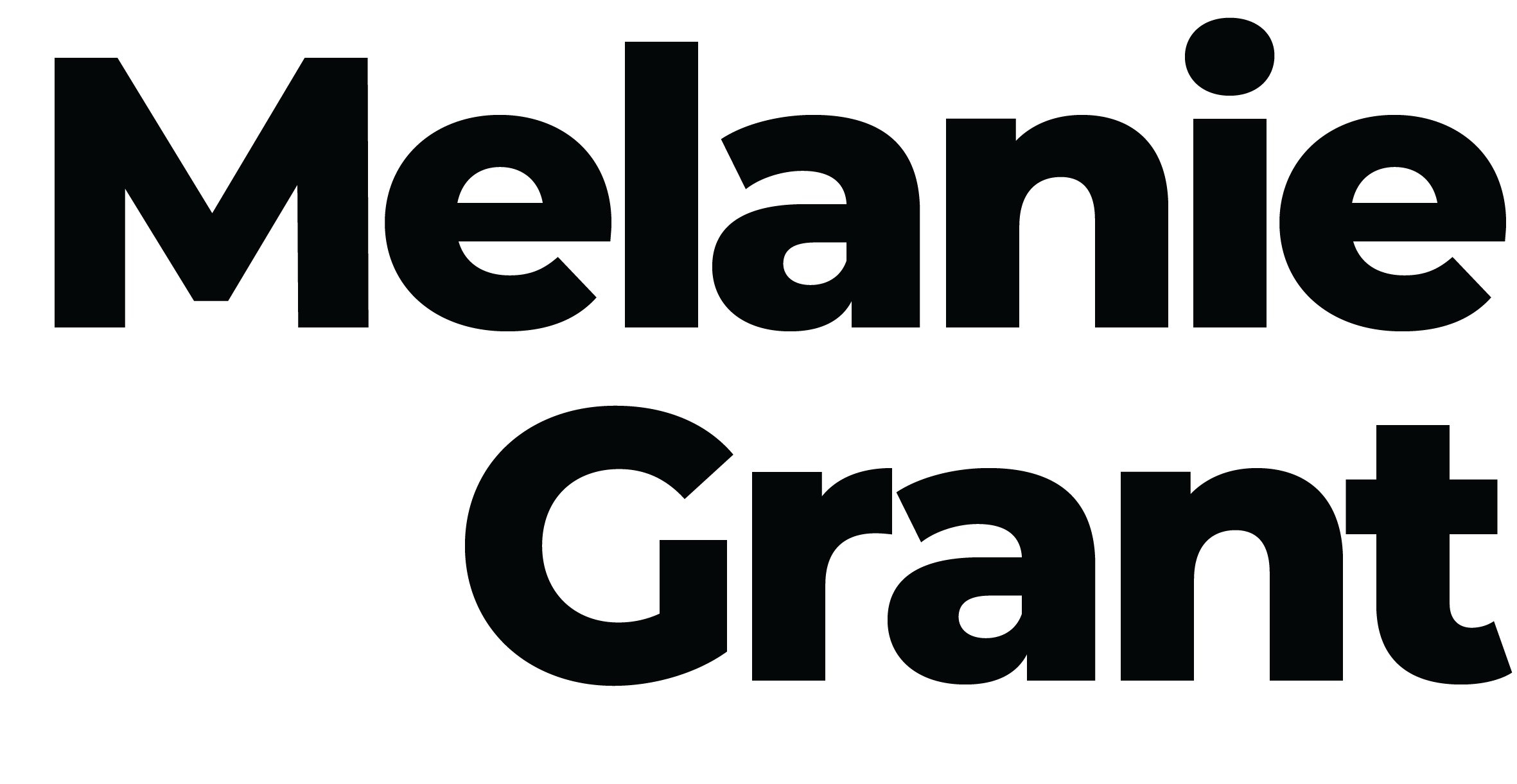Once shrouded in stigma, cosmetic injectables are now a huge part of the beauty industry and are being requested by people of all ages. Used as a preventative measure in the hopes of starving off the ageing process, or in attempts to reverse fine lines and wrinkles or add volume to a certain part of the body, injectables have become common treatments alongside clinical facials.
But when it comes to ageing there’s simply no stopping it, it happens to all of us. I think as a society we get so caught up in appearance and have been conditioned to see ageing as a negative thing. Ageing is a natural part of life and something we shouldn’t be afraid of. I encourage people to nurture and embrace the skin they’re in, lines and all!
While I do wholly support the notion of people being able to do whatever feels good and right for them I think it’s important to note that injectables are a band-aid treatment that won’t stop the ageing process and once you start, please know they will require continuous and frequent maintenance.
If injectables are a path you want to take it’s vital that you are well equipped with the facts, you know the risks and have done ample research into both the type of injectable and the injector. I know too many people who have had really bad experiences with injectables because they didn’t completely understand the process or had a pushy or inexperienced injector. It’s a very fine line between enhancing and overdoing it! Make sure you research your clinic and talk to others who have been there — this is really crucial, there is a lot of dodgy regulation out there, and it’s vital to know what you’re getting into.
Injectables can help to address the signs of ageing. As we get older, we lose our natural supply of collagen, an abundant protein that gives the skin strength and elasticity. This loss of collagen can result in visible signs of ageing such as fine lines, wrinkles, skin laxity, sunken or hollow areas and uneven texture. Injectables work by either filling these lines and plumping the skin, or freezing certain muscles to provide a smoother appearance of fine lines and wrinkles. Injectables can also be used to reshape or sculpt the face (like the chin and jawline) or enhance certain features (such as the cheeks and lips).
There are three main categories of injectables. Anti-wrinkle injectables, derma fillers and fat dissolving injectables.
Botox
Botox is a brand name, technically known as botulinum toxin, which works by temporarily freezing the muscles surrounding the point of injection. Relaxing the muscles helps to smooth out fine lines and wrinkles making the skin appear taunt. Botox is also commonly used to reduce overactive or large muscles, particularly in the jaw and neck area, as a form of relief for those that clench or suffer from migraines. Botox is the most well-known anti-wrinkle brand, but Xeomin, Dysport, Myobloc and Jeauveau are other examples. Results are not accumulative and only last for around three to six months depending on the speed at which your body metabolises the product.
Filler
Dermal filler adds substances to the skin that fill out lines and restore a loss or lack of volume. They are also used to create fuller lips and accentuate facial contours in the cheeks, chin, temples, nose, jaw and tear troughs (under the eye). Depending on the brand, fillers can be made up of a slew of different ingredients however the most commonly used is hyaluronic acid, which is found naturally in the skin and many skincare products. Fillers composed of hyaluronic acid can be reversed immediately if needed with a dissolvent that is injected into the same area as the filler. Popular brands include Juvéderm and Restylane.
Biostimulatory fillers, on the other hand, are a lot less common than hyaluronic fillers as they can take longer to come into effect and are a lot harder to reverse. Brands include Sculptra and Bellafill. Depending on the type of fillers, where it’s injected and how quickly your body breaks it down they typically last anywhere between 6-12 months.
Fat-dissolving injections
Finally, fat dissolving injectables (Kybella) permanently destroy fat cells and are typically used on the chin. These treatments are generally more painful and cause severe swelling around the site of injection but the results are permanent. I definitely recommend erring on the side of caution with this one. Pockets of fat can be genetic and hard to remove, it’s always best to consult a reputable and non-biased professional for advice here. Things we can do at home to help alleviate concerns of fat in the chin include following a healthy and nutritious diet, exercise for both the body and the face, using tools such as gua sha on areas of concern, lifting products and reducing the amount of time looking down at a phone or computer.
If you are interested in getting injectables, I would recommend speaking to a dermatologist. Unfortunately, many cosmetic doctors may try to upsell you certain treatments or give you biased advice, so I would recommend speaking with a bi-partisan dermatologist who can recommend what treatment is best for your specific concerns, as well as suggesting some reputable cosmetic doctors to perform the procedure. In my opinion, a less is more approach with a well-rounded skincare routine and a little makeup is a safer and better option to highlight your natural beauty.
